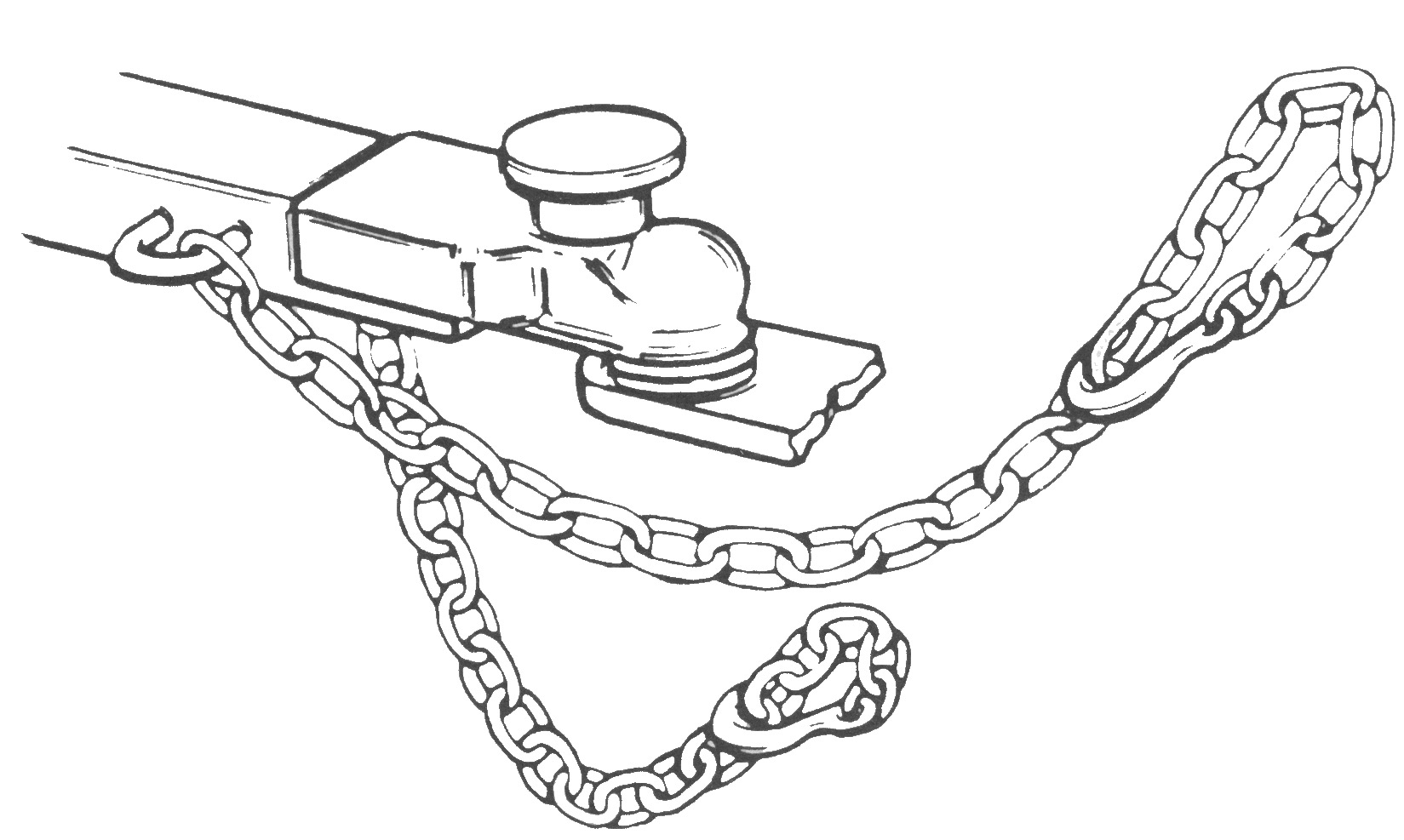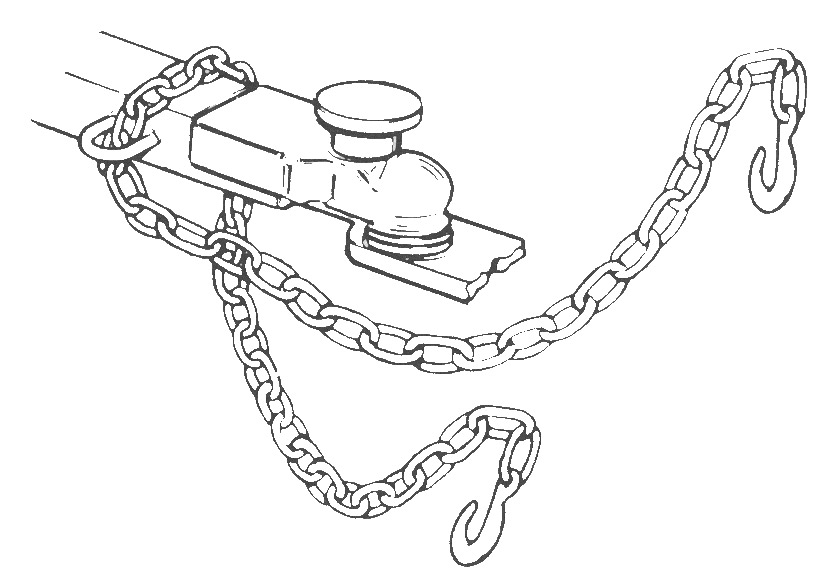
|
Gettin' Hitched: Hook up and Go? Are you trailer savvy? Whether it is taking a boat to the lake or hauling farm equipment here are a few things to make the trip safe. Weight is the main factor in trailer safety. The total weight affects
the sizes of safety There are two types of trailer hitches. 1. Weight carrying hitches connect the towing vehicle to the 2. Weight distributing hitches connect the towing vehicle to the trailer and are designed to distribute the trailer load to all the axles of the tow vehicle. (Example: 5th Wheel Hitch) The Following chart shows the different trailer classes and which hitch type is recommended: Maximum Recommended Tongue Weights C*......MGTW*..............MSTL*........RTH* 2 .......2,001 thru............. 300
...........WCH 3 .......3,501 thru .....15% MGTW.....
WDH 4 .......5,001 thru ......15% MGTW...
WDH *C - Class of Trailer * MGTW is the Maximum Gross Trailer Weight in pounds
to be towed. *MSTL - Maximum Static Tongue Loads *RTH - Recommended Type of Hitch
Lights Brakes
|
Safety Chains Safety Chain Specifications ESC - Each Safety Chain ETSC - Each of 2 Safety Chains AD - Approximate Diameter of Steel in Link * MGTW is the Maximum Gross Trailer Weight in pounds to be towed. The proper slack in the chain will allow turning but will not allow the chain to drag on the ground. The chain should be crossed under the trailer tongue. The forward chain end should be attached to the towing vehicle and not the ball. ( ie. A part of the frame or the hitch)Double Chain
Single Chain
Couplers and Balls Trailer Classification Ball Diameter Safety is important to remember when you design and maintain your trailer. Information in this article was found at the State of California's
website: http://www.dmv.ca.gov/pubs/dl648/dl648pt12.htm
|
OPEN:
(PST)
.......Mon-Fri:
7am-5pm .........Sat: 7am-12
noon ..... ...Sun: CLOSED
Winter Hours: Monday-Friday
8am-5pm (November, December & January)
Copyright: 1998-2011


